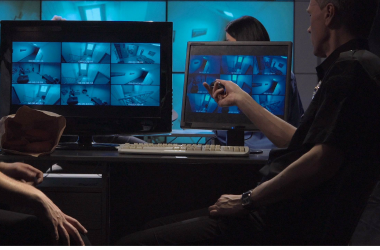Many countries have well-established Know Your Customer (KYC) regulations that prescribe customer identification, due diligence, and risk assessment processes. The digitally aware, mobile-first consumer wants to consume information and transact in real-time. Consequently, asking them to visit a retail shop or branch to establish their identification in person may result in cart abandonment or transaction loss to a competitor who can meet their expectations. New KYC norms and laws like KYC authentication are necessary to keep up with digital transactions’ realities. While it is feasible to amend laws to make them more relevant, several countries have adopted eKYC (electronic Know Your Customer) legislation to accommodate the digital and mobile realities of the present.
A secure, validated, government-issued electronic identity is one technique for establishing a successful eKYC system (eID). While there are solutions for businesses and specialized use cases, a government eID ensures general confidence, adoption, and the addition of additional services and capabilities. From digital signatures to biometric verification and e-voting to secure e-services access, eID allows new capabilities unattainable with conventional ID.
Video is another technological technique for doing KYC. The Video Know Your Customer (KYC) approach “compares customer-provided videos of themselves to the photos on their ID papers.” Moving photographs are far more difficult to forge than static images. Adding a liveness element, which verifies that the video has not been taped by requiring a certain phrase or action to be presented on the video, reduces the possibility of forgery even more. Technical variables such as available signal bandwidth, illumination, and others must be considered to capture and upload a suitable live video. On the verification side, it is vital to have adequately qualified specialists accessible. As the creativity and tools of fraudsters continue to evolve, these experts will need to become even more discriminating.
Using electronic means to validate existing identification papers is another eKYC option. The capturing of an ID document’s picture provides a rapid verification of its legitimacy and authenticity. This procedure recognizes various identification papers and conducts exhaustive algorithm-based tests on thousands of document kinds worldwide. It can also analyze and decode additional security features included in some ID forms and may check for unique improved security features. When a positive match is found on the ID, you may confidently decide that the document is authentic and not a fake. A genuine document does not always guarantee identity verification. Someone might have a forgery, including fake identifying information. The identification information itself must be thoroughly verified.
Below is an infographic from Login ID entitled “How Crypto Exchanges and Digital Wallets Can Distinguish Themselves with FIDO2 Passwordless Authentication.”







